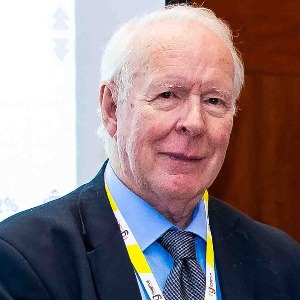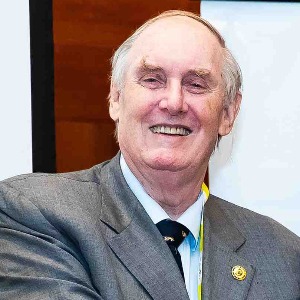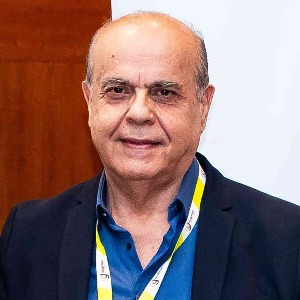Maxillofacial Surgery
Maxillofacial surgery is a specialized form of surgery used to treat defects, diseases, and injuries of the face and jaw. It is a field within the specialty of dentistry which focuses on the diagnosis, treatment, and surgery of the entire oral cavity, including the teeth and gums. Maxillofacial surgeons use both surgical and non-surgical techniques to manage conditions that can affect both the teeth and the bones and soft tissues of the face. Maxillofacial surgery typically begins with a comprehensive physical examination and a detailed history taking. An X-ray to spot any abnormalities is then taken, followed by a series of specialized examinations, such as bite impression, photographic examination, and panoramic facial X-ray. Maxillofacial surgeons also use specialized imaging techniques, such as CAT and MRI scans, to see the internal structures of the face. After a full work-up, the maxillofacial surgeon will create a treatment plan that may include the use of drugs, braces, surgical procedures, or a combination of treatments. Depending upon the severity of the condition, maxillofacial surgery can range from a simple procedure such as wisdom tooth removal or jaw alignment reconstruction, to a more complex procedure such as facial lifting or soft tissue alteration. The maxillofacial surgeon will choose the most appropriate protocol based on the severity of the condition. Maxillofacial surgery can improve a person’s physical appearance and help to reduce pain and discomfort caused by jaw or facial irregularities. It can also help to restore a person’s ability to speak or chew. Furthermore, some of the surgeries performed within maxillofacial surgery can provide a more natural appearance to the face. Maxillofacial surgery has the potential to greatly improve the quality of life of many patients. The surgery has the capability to restore a person’s facial features and even correct facial deformities caused by birth or disease. Therefore, maxillofacial surgery is an invaluable tool used by dentists to treat a variety of conditions and improve the lives of many people.

David Geoffrey Gillam
Queen Mary University of London, United Kingdom
Christopher Turner
Spacemark Dental, United Kingdom




Title : Evaluating hygienist follow up for head and neck oncology patients in secondary care: Results from a two cycle audit
Peter Basta, Newcastle Dental Hospital, United Kingdom
Title : Atypical facial pain unravelled
Christopher Turner, Spacemark Dental, United Kingdom
Title : New treatment of temporomandibular disorder through muscle balance and muscle regeneration by activation of quiescent muscle stem cells( satellite cells) with mitochondrial dynamics
Ki Ji Lee, National Reserach Foundation & Busan Medical University, Korea, Republic of
Title : MRONJ and ORN: Referral or management in primary care? Navigating guidelines in the context of long waiting lists
Alisha Sagar, NHS England, United Kingdom
Title : Managing the unexpected: An Insight into supernumerary teeth
Bahar Gharooni Dowrani, Guy's and St Thomas' NHS Foundation Trust, United Kingdom
Title : Laxative prescribing for post operative head and neck cancer patients at Derriford Hospital
Pui Sze Kylie Li, Cardiff and Vale University Health Board, United Kingdom